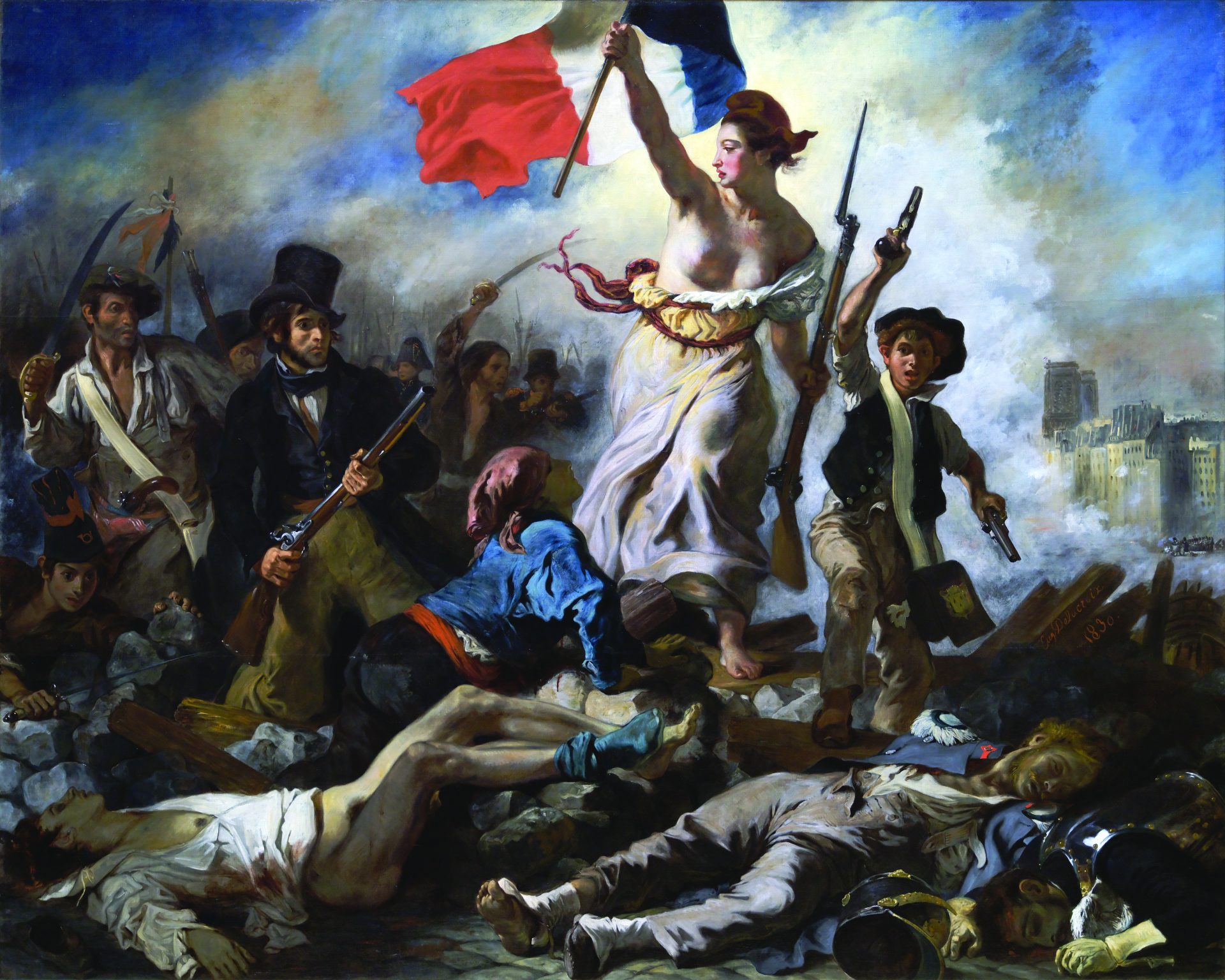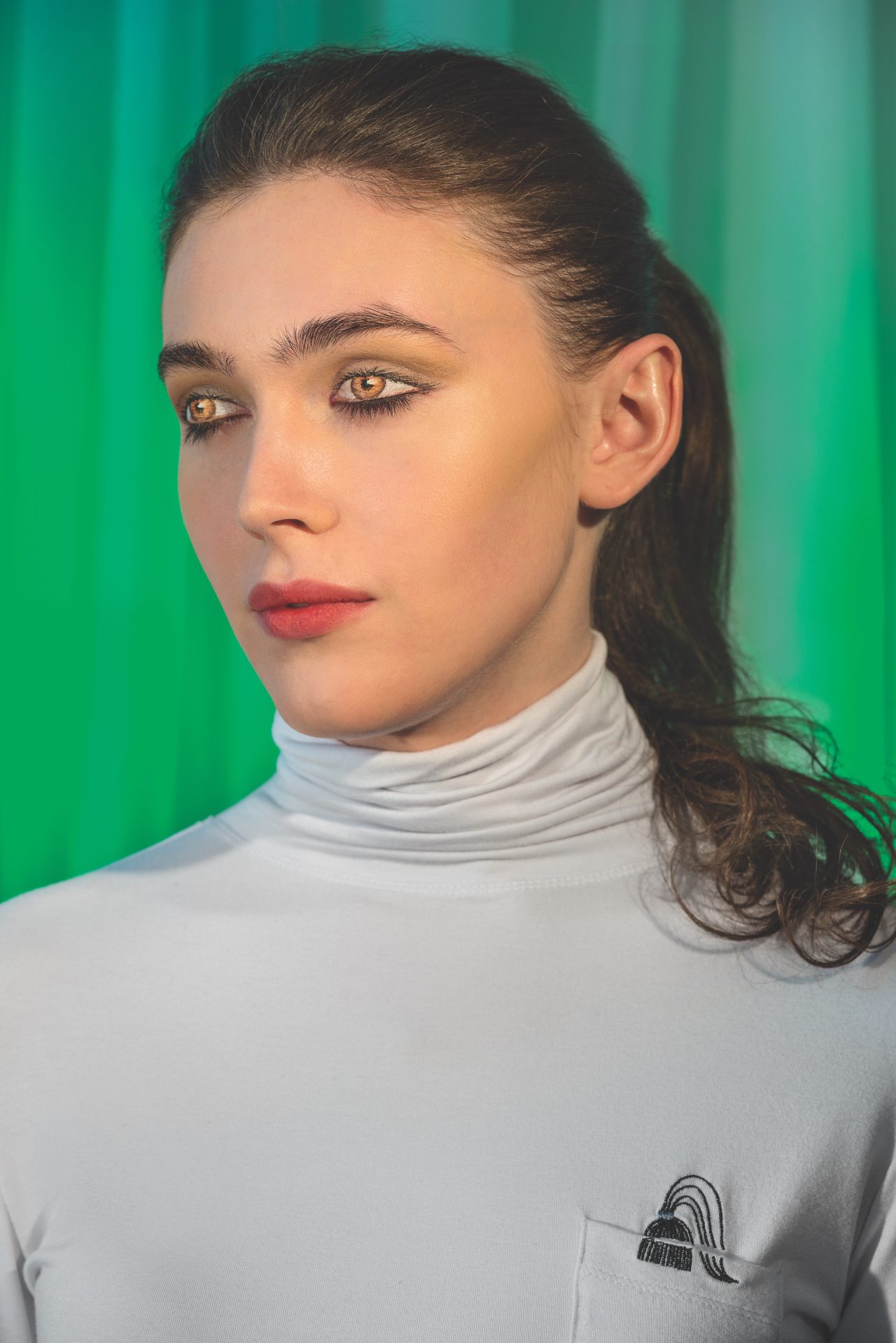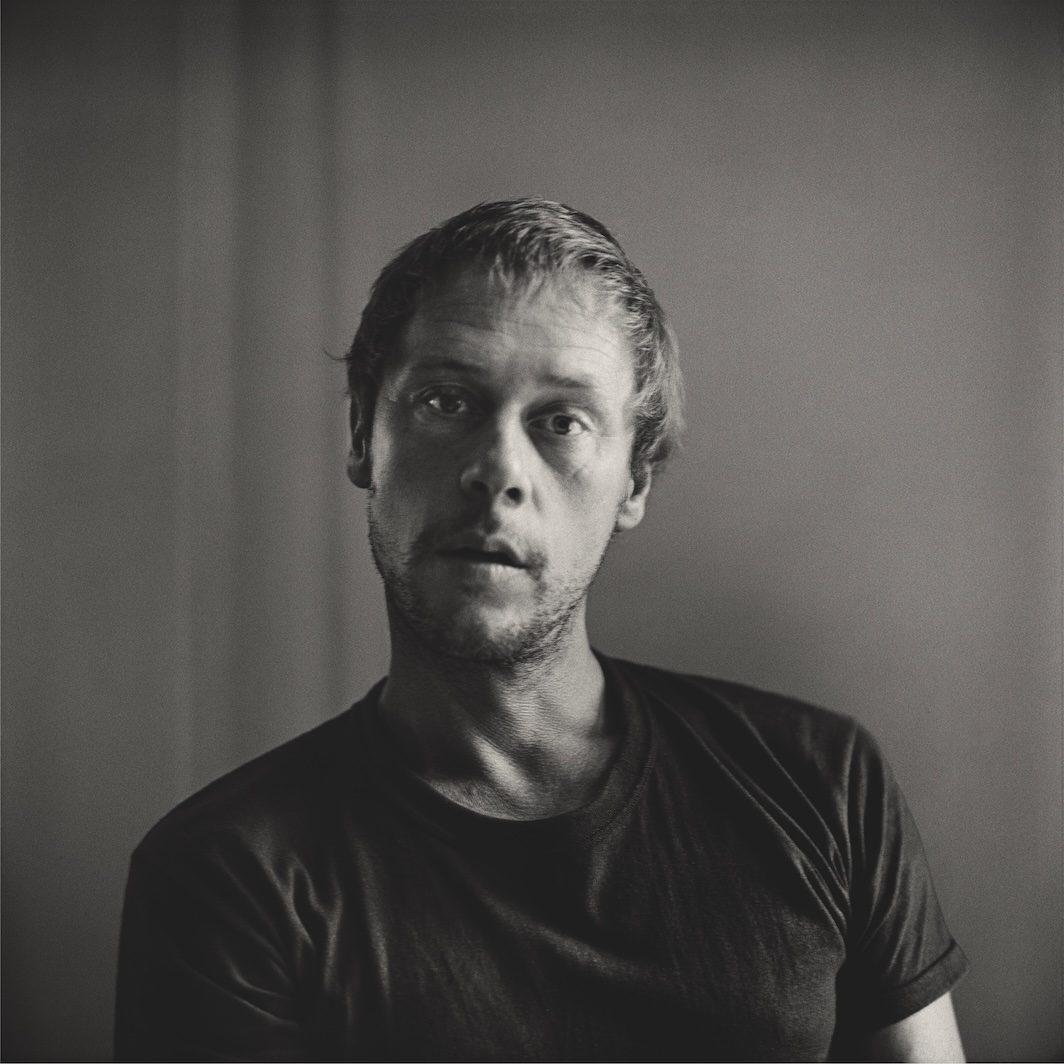
The intergenre artist Theresa Hak Kyung Cha made her reputation with the experimental novel Dictée, published in 1982, a few days after she was murdered by a stranger in New York. A speculative history of Korea as it intersects with the life of Cha’s mother, Dictée intercuts oneiric prose with family photographs and political documents. English, French, and Korean shape the book’s voices.
Cha’s small but multilayered archive also includes films, objects, and performances, and in 2001, Berkeley Art Museum curator Constance M. Lewallen organized a retrospective of Cha’s art called “The Dream of the Audience,” which traveled in the United States, Korea, and Europe. Exilée and Temps Morts: Selected Works, edited by Lewallen with an essay by novelist Ed Park, is a companion to the exhibition’s catalogue. As Park explains, the texts “Exilée” and “Temps Morts” originally appeared in a 1980 anthology called Hotel, which included contributions from Laurie Anderson and Jenny Holzer. But copies were boxed before the ink was dry, the pages stuck together, and few people have ever seen the book.
The volume brings to light part of Cha’s achievement, including a fluid series of quasi poems and project notes, accompanied by a handful of photographs: a gridded rack of romance novels, chairs in a Catholic high school classroom. As in Dictée, desire, repetition, and absence—and the implicit comparison between verbal and visual forms of indeterminacy—are central. But surprising for those familiar with the spare griefs of Dictée, there is also snarky humor, pop-cultural observation, and an (almost) unveiled eroticism. “Temps Morts,” for instance, describes a fast-food restaurant in Tokyo, registering with extreme economy a dizzying meld of things Japanese, American, and French: “semblable Denny’s Sambo’s any / freeway some modification Coq d’Or this chain is / called Coq d’Or.”
Park calls these texts “an echo chamber aerated with a subtle stream of laughing gas,” as in “Surplus Novel” when Cha chants, “i ain’t no i ain’t / your yoko ono.” Considering her degree-zero style, he identifies “a breath of a bygone avant-garde that still hits its mark with astonishing frequency”—for example, in the inter-linguistic shift of “ten hours twenty two minuits” from “Exilée,” or the political puns “dye caste . . . casteaway” in “lament i lament your youth.”
Perhaps most tantalizing—and most important to document—among these disjecta membra are notes, a storyboard, and stills from White Dust from Mongolia, a film that Cha intended to shoot in Korea in 1980 with her brother, James, as cinematographer. They had to abandon the project, because Seoul was under martial law and they were continually harassed by police. Cha muses that “the one behind the camera is the one who looks, in search [of] her memory.” The amnesiac artist, in other words, has replaced the lost mother of Dictée at the core of her own story. But she remains a liminal image or language mirage.






